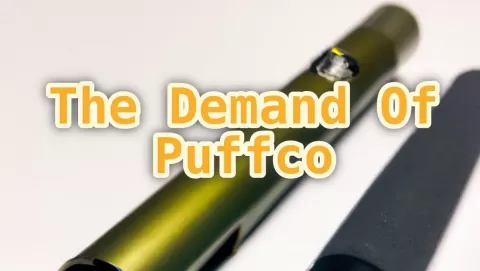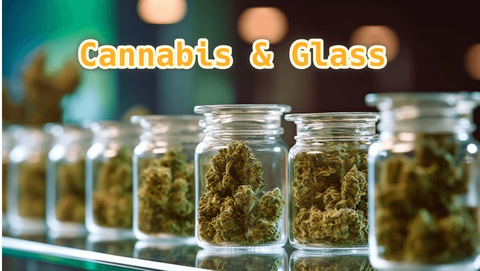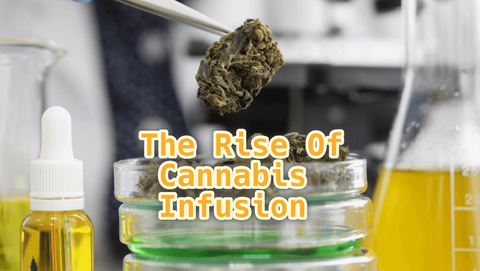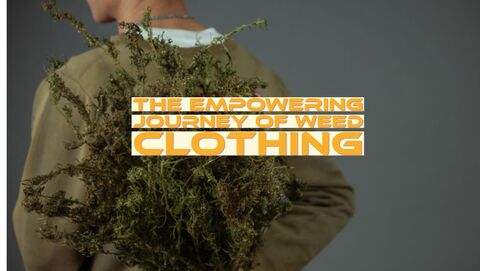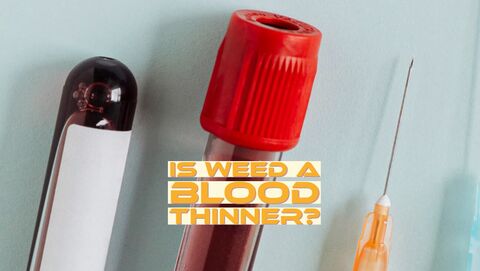Latest Blog Posts
Top rated
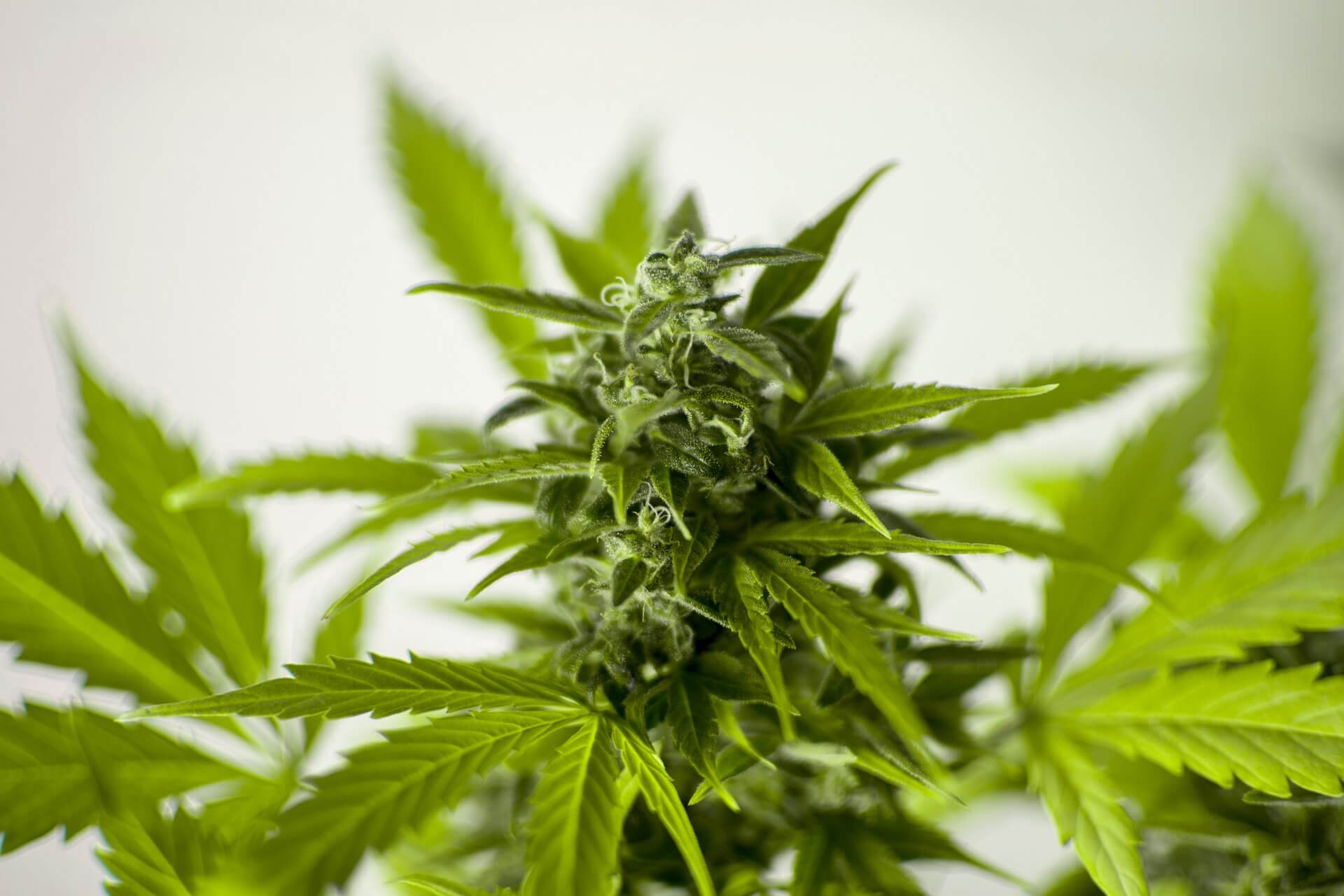
How to Dry and Cure Cannabis
Cannabis or marijuana is a plant with psychoactive properties. It has been used as a medicinal drug and for recreational purposes. This plant is native to central Asia. The products based on cannabis are obtained by drying flowers, leaves, stems, and other plant parts.
Proper drying and curing of the buds are integral components of harvesting the marijuana plant. These two processes are essential since they aid in preserving the flavors. Terpenes and cannabinoids are retained while the vegetal taste of the plant is diminished when chlorophyll is shrunken.
The drying process involves the preliminary drying of buds. It takes place in the open air. A freshly harvested plant can lose up to 75% of its weight to water content, stems, branches, and leaves. Additionally, the stems are also cropped off.
Generally, we can perform two types of trimming procedures. These include wet trimming and dry trimming. In dry trimming, drying is followed by trimming off the buds. At the same time, damp trimming is the opposite of dry trimming.
Additionally, some prerequisites need to be catered to when drying the buds. For example, a dry procedure should not be too long or too quick. When the drying process is too fast, buds dry out from outside instead of inside. On the other hand, too long a drying period can increase the possibility of mold development.
After drying and trimming the buds, they are put in an airtight container to prevent moisture loss, flavor, and aroma preservation, thus enabling them to gain their full flavor. This process marks the curing of buds.
How much time is required for drying cannabis?
Usually, the drying process takes 2-7 days. However, the time is shorter for wet trimming since most plant parts are removed off, so it takes relatively little time for buds to dry off completely.
The procedure for drying the buds varies whether you carry out dry trimming or wet trimming. In dry trim, hang the harvested plants on a line: either whole plant or branches. This procedure is beneficial since it stops the flattening of buds as they dry. While on the other hand, wet trimming involves the buds placed on a drying rack.
Whatever procedure you follow for drying buds, check the buds after a few days. If the buds turn, it indicates that they are completely dried. If they don't, wait for another two days before checking again.
How to Setup a drying room for cannabis?
Consider the following points for restoring cannabis: Place the harvested weed in a dark room. Maintain the room temperature at 60-70 °F, where the humidity range is 55-65%. Place a small fan for circulating air. Additionally, a dehumidifier or an AC should be arranged. If your buds take too long to dry, it is an indication that your numbers for temperature and humidity need to be monitored. A hygrometer can help you with the readings.
Equipment required for a cannabis drying room
The equipment required is as follows:
- A rack for drying in case of wet trimming or a line for a dry trim
- Hygrometer
- Fan and AC unit
Wet trimming; Drying buds without hanging them on a line
Use a flat rack for damp trim. Since wet trimming requires the removal of all extra plant parts, it becomes challenging to hand each bud separately. For this purpose, use flat racks. These racks are usually circular with mesh layers that allow maximum airflow.
The wet trimmed buds require checking after 2-3 days. If it is still damp, leave them and check again after a few days.
Curing marijuana; how is curing carried out?
The weed is ready for curing after drying, trimming, and losing the initial moisture content. Use an airtight container to prevent further moisture and flavor loss.
How long does it take to cure cannabis?
The curing phase generally takes anywhere between two weeks to even one month in certain instances. Maintain humidity between 55-65% in an airtight container for curing purposes.
A time span of two to four weeks is enough to enrich cannabis with an aromatic and good quality. Some people consider 4-8 weeks of curing, while others consider six months or even more.
Significance of curing process
The most overlooked process for weed growing is curing. The curing process follows the drying up of moisture from the center towards the outside.
How curing is carried out affects the smoke quality and the flavor. At a low temperature of 50 °F, the terpenes which are crucial for the distinctive taste and smell of cannabis are subject to degradation and evaporation. Compared to a hot and quick-dry, a slow cure at a low-temperature range allows preserving terpenes.
A proper cure has the significance that it:
- Allows weed storage for a longer time
- The chance of mold development reduced
- Cannabinoids and terpenes are not exposed to degradation
Storing the well-cured flowers
Store the cured flowers in an airtight box. Place the container in a dark and cold place for about two years.
Apparatus required for curing cannabis
As of now, we know that the curing of cannabis requires a suitable temperature and humidity level. Dank and wet places are not ideal for curing cannabis. Avoid the light since it degrades terpenes. Generally, two main instruments that must include for curing cannabis are the following:
- Airtight containers
- Separate hygrometer for each jar
Curing cannabis
For curing cannabis, use any jar-like ceramic, metal, glass, or wood vessel. You should avoid plastic bags since they are permeable to oxygen. Additionally, consider the following suggestions:
- Loosely pack the buds.
- Do not crush them.
- Seal the containers.
- Please place them in a dark and cold, dry place.
In a day or two, buds will get soft. Therefore, this is because the outer parts of the buds will rehydrate as the moisture from the center continues to draw out. While if this is not the case, it might be that your buds are over-dried.
There are two possible solutions for two different situations:
- First, buds are too dry: Add Boveda, a humidity pack for rehydrating the buds.
- Buds are too wet: Hold off the lid for half or a full day. Check humidity levels regularly. Keep the cover of the container off if they are still wet.
Burping the buds
Burping is the process that involves opening the lid of the container for a few minutes, either once or twice a week. It helps to restore oxygen levels as well as release extra moisture.
If you feel an ammonia odor while opening the containers, it indicates that anaerobic bacteria are growing inside the containers, and thus mold can develop on your buds. To avoid this situation, leave the lid for at least one day and reseal it the next day. Burp only once every few days after the first week.
Storing the harvested cannabis buds
After curing cannabis, store it without potency loss for up to two years. It stays best when stored in a cold, dry, and dark place. The temperature range of 77-86 °F allows for mold production on cannabis.
Furthermore, unnecessary heat led to drying out terpenes and cannabinoids that required months to develop—hot and harsh smoke results from too dry buds produced because of the drying of essential oils.
Some tips and recommendations for storing cannabis are as follows:
- Avoid direct sunlight
- Use a cool and dry place
- Use containers with a neutral charge, like mason jars made of glass
- Monitor and control humidity levels
- Reduce the oxygen exposure as much as possible
- Do not mix up the strains
- Label the date
- Store individual strains separately
Additionally, some other factors to consider are discussed below.
1. Temperature
Decarboxylation is the process when tetrahydrocannabinolic acid (THCA) converts into Tetrahydrocannabinol (THC) that is intoxicating. It requires a low temperature. In the end, THC changes into cannabinol (CBN). CBN is a cannabinoid that has different properties and effects. Further warm air has more moisture content compared to cold air.
2. Humidity
Carefully monitor the humidity levels using a hygrometer to keep molds and mildew out of the containers. Maintain the relative humidity to ensure the best aroma, color, flavor, and consistency.
3. Light
UV rays can degrade cannabis over time. It is responsible for breaking synthetic and organic materials. Avoiding light also helps in controlling temperature.
The Bottom Line
Drying and curing cannabis is a process that requires care and attention. Two ways used to carry out the drying of cannabis are either dry or wet trimming. The two procedures require distinct time lengths for drying up the buds. Following trimming, curing is the next step. After the curing, it requires storing cannabis carefully.
Each step requires careful monitoring to protect the flavor, aroma, and smoke quality. Any deviation from the process can cause an adverse impact, including resulting in flavor and aroma loss. Finally, the method of curing and storing cannabis requires patience and skill.
Disclaimer: This material is for informational purposes only and should not be relied on for legal, medical, financial or other form of professional advice.



